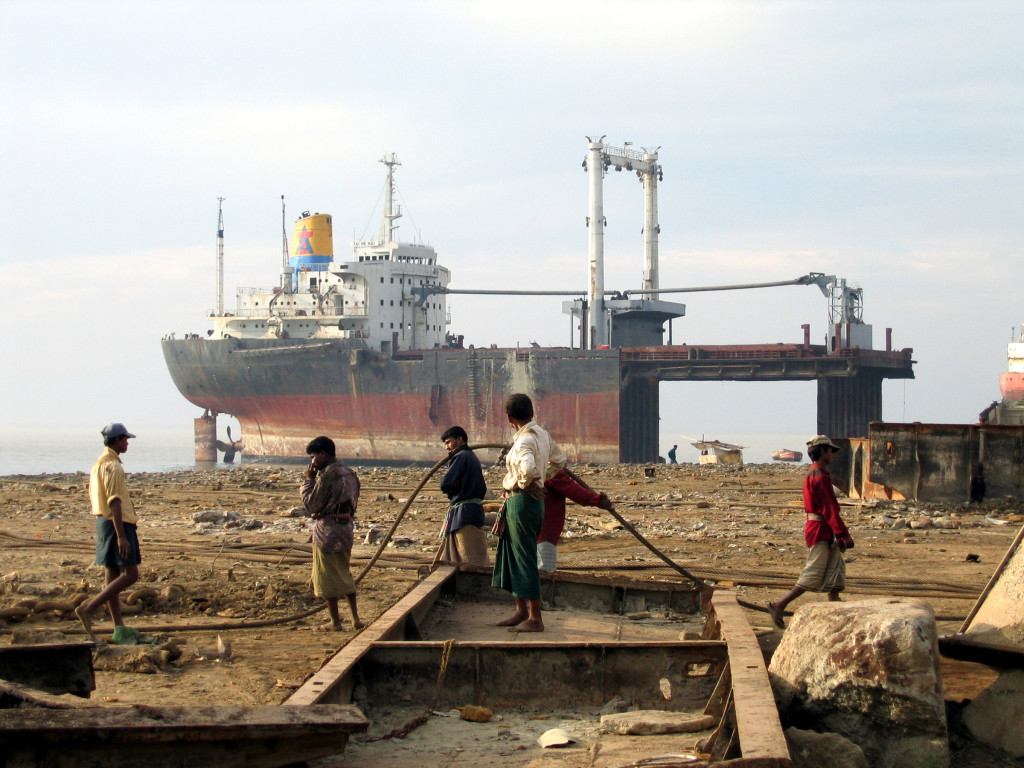Container ships less than a decade old are potentially on the block for scrap value as a widening of the Panama Canal earlier this year plays havoc with a market already under strain from a crash in freight rates.
An expanded Panama Canal opened in June to ships three times bigger than those previously called Panamax – a designation assigned to the biggest vessels that could pass through the locks cutting through the Central America isthmus. The makeover for the more than century-old shortcut between the Atlantic and Pacific oceans has already been giving the Suez Canal a run for the U.S. East Coast – Asia’s shipping route of choice.
In response, many shipping firms are now weighing whether smaller ships are obsolete, as options to find new opportunities narrow and costs outweigh fees earned from operations, said shipping information provider VesselsValue.
Finding new uses for the classic Panamax ships has been difficult, including the ships actually being too big to ply container feeder routes, said VesselsValue associate director, Claudia Norrgren.
The development has sent the value of container ships down on-year, she said, with news rocking the industry of a 7-year-old container ship under negotiation for sale that was valued just above scrap value at $5.87 million, after its value fell 62 percent this year alone, according to VesselsValue.
The ship’s owner, Singapore Exchange-listed Rickmers Maritime, said the sale had not been completed, but confirmed talks were ongoing, the trustee-manager said in a statement to the Singapore stock exchange.
Even so, in September a 10-year-old Panamax-size ship was scrapped as overcapacity weighs on the industry. In 2011, the average age of container ships scrapped was 19 years old.
There have been 151 container ships scrapped this year to date, double the number in 2015 and more than the 134 scrapped in 2014, according to VesselsValue. There were 164 such ships scrapped in 2013.
Shippers that own Panamax vessels also face headwinds from sharp drops in rates for bulk commodity shipments in the past few years and an overall slowdown in global trade that has hit container traffic, sending freight rates to record lows.
As well as tanking freight rates, new environmental regulations requiring new installations and retrofitting may contribute to more young vessels getting scrapped.
“Many people in the industry think that lots of the overcapacity will be got rid of, as you will never make your money back from the expense to add all these systems on the vessel,” said Norrgren.
